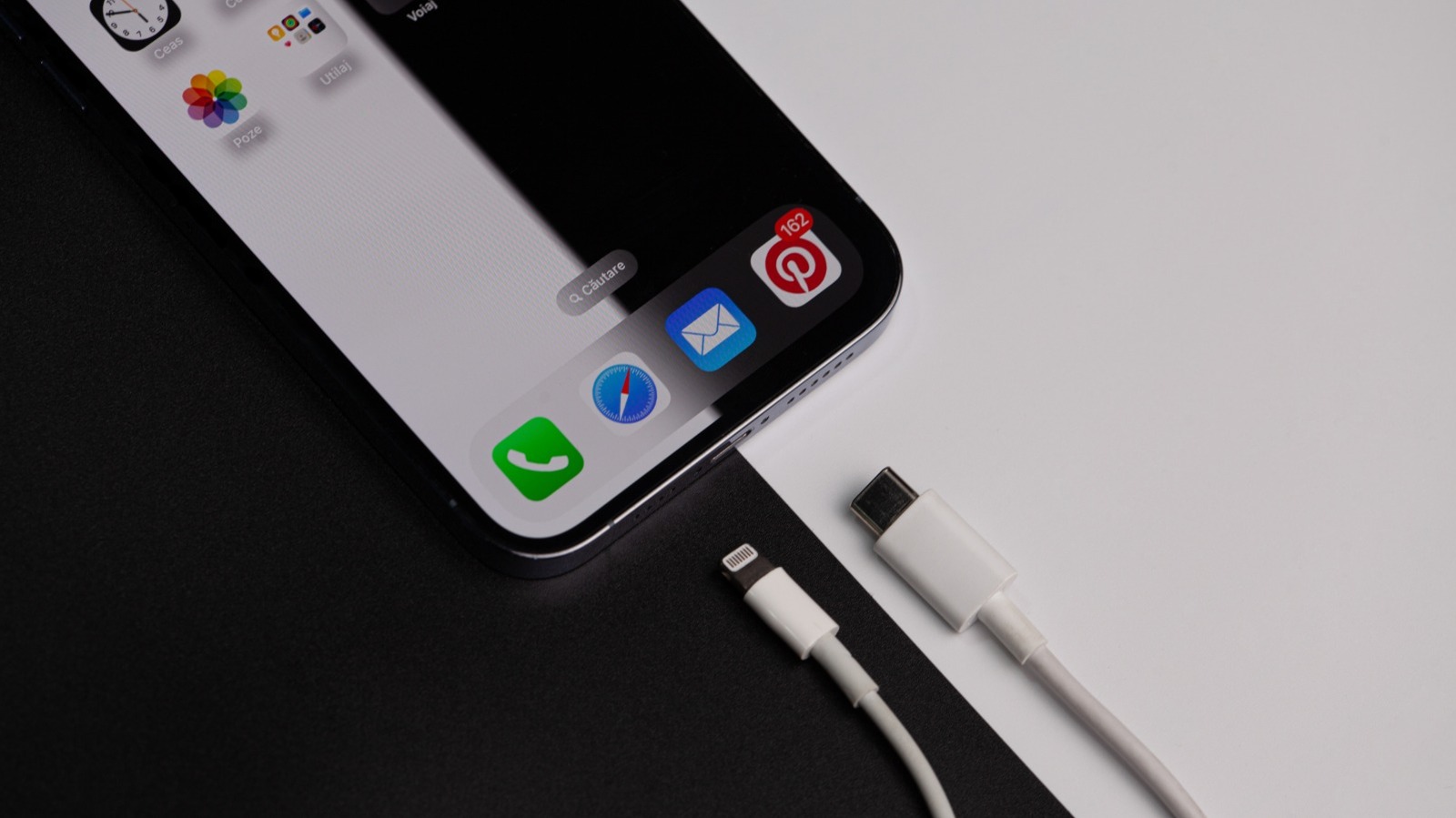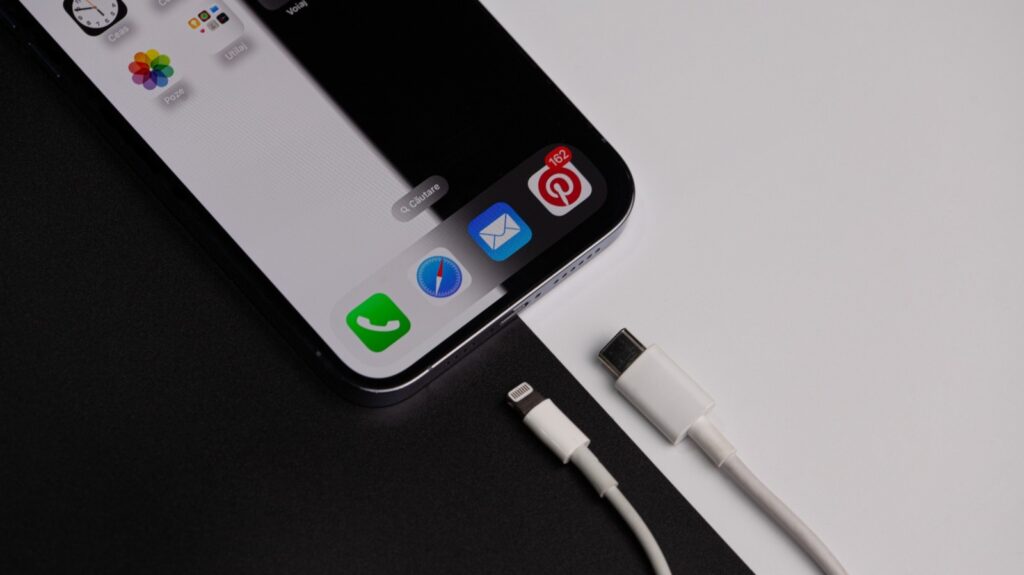
Some of the earliest adopters of USB-C technology in the smartphone industry include OnePlus and LeTV, with other manufacturers like Samsung and Motorola following suit. Despite popularizing the trend with the 12-inch MacBook in 2015 that boldly only featured a single USB-C port, it took Apple another eight years to bring the now-mainstream charging port to the iPhone.
Advertisement
Up until this point, every iPhone shipped with Apple’s proprietary Lightning port. While this was an improvement over the older 30-pin connector and helped create a lot more space on the inside of its devices for other components, USB-C on iPhones had been long overdue.
Released in 2023, the entire iPhone 15 series got an upgrade to the USB-C standard — matching other products like the iPad and AirPods in Apple’s lineup. So, does USB-C really bring noticeable upgrades over Lightning — or is it smarter to buy an old iPhone for a better deal? Read on to explore more as we dissect the major differences between the two charging standards.
USB-C is stronger and faster
Let’s start with the physical differences between the two charging connectors. Both USB-C and Lightning feature reversible ports, so you don’t have to flip your cable twice only to realize you got it right the first time. Lightning debuted with the iPhone 5 in 2012 and came with a much smaller footprint than the 30-pin connector it replaced. It features eight pins on each side, for a total of sixteen, and is comparatively slimmer. USB-C was released in 2014 and comes in a 24-pin configuration. Compared to Lightning, it has a more rigid design and is a connector that’s known to last long.
Advertisement
USB-C also features a much faster rate of data transfer, promising speeds of up to 10 Gbps on the iPhone 15 Pro and 16 Pro models and their Max variants. The regular iPhone’s USB-C speeds are slower since the non-Pro models are limited to USB 2 speeds of up to 480 Mbps. This will be noticeable if you’re transferring over large video files, given that both connected devices support high-speed transfers. It’s also worth noting that the USB-C charging and data transfer cable that Apple ships with all iPhones is only capable of slower USB 2 speeds, and you’ll have to look at other USB-C cable brands if you wish to take full advantage of the new port on the costlier iPhones.
What about charging speeds?
One advantage that USB-C brings over other standards is charging speed. On compatible devices paired with the right adapter, USB Power Delivery boasts charging speeds of up to 240W. This makes it the ideal connector type for most modern laptops. Today’s Android phones come with USB-C, and many feature fast charging speeds of up to 100W — but some devices, like the OnePlus 12, rely on proprietary charging technology. This often means having to carry around the supplied charging brick and cable if you want the fastest speeds.
Advertisement
The story is a bit different for the iPhone. Despite rumors suggesting that the iPhone 16 comes with a faster 45W charging experience, testing by credible sources like GSMArena reveals that it’s mostly capped at 30W. Apple still lists charging times for its Lightning and USB-C iPhones based on a 20W adapter. Comparing charging speeds on a recent Lightning-powered iPhone to the newer Type-C models is unlikely to show major improvements, if any. Still, picking the fastest charger for your phone can help you reach the maximum speeds it is capable of.
USB-C has other advantages
If you’ve been an Apple user in the past, you likely have dozens of Lightning cables — broken and functional alike. The switch to USB-C can take some getting used to at first, especially if you have AirPods and other accessories that still use the Lightning port. A benefit that USB-C brings is its widespread adoptabilty — including everything ranging from smartphones and headphones to electric trimmers and external storage.
Advertisement
You can have a single PD-compatible USB-C cable to charge your laptop, phone, earphones, and other gadgets. With the iPhone finally catching up, everyone has one less cable to worry about. There’s also the talk about USB-C vs Thunderbolt, highlighting yet another improvement that it brings over Lightning — native video output. Apple licenses its proprietary Lightning connector as well, meaning there’s a chance that a third-party uncertified cable may not work with your iPhone. Not only does relying on USB-C benefit you as a consumer, but will work in favor of the environment — something Apple and other companies can’t seem to stop talking about.
In summary, USB-C far exceeds Lightning in terms of charging speed, data transfer rate, compatibility, and durability. While current-gen iPhones may not benefit much in terms of the sheer wattage, you do see improvements while transferring huge files — like the ProRes videos that can weigh multiple gigabytes.
Advertisement


